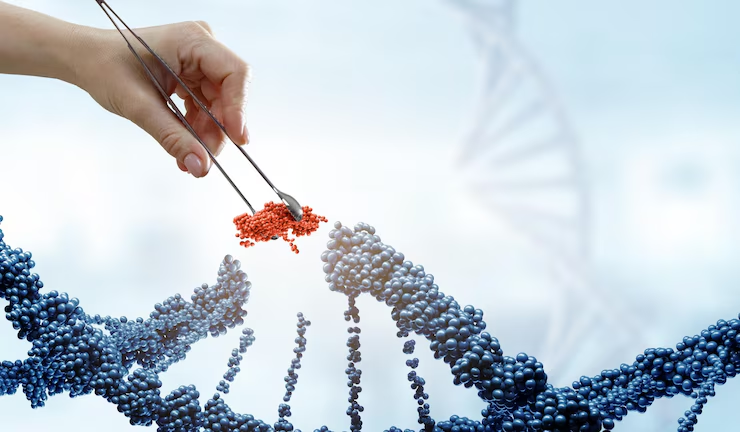In the ever-evolving field of molecular diagnostics, ultrasensitive molecular amplification technologies have emerged as game changers. These technologies offer highly accurate, early-stage detection of diseases, even when biomarker levels are extremely low. As healthcare systems around the world shift towards precision medicine and early diagnosis, the ultrasensitive molecular amplification market is witnessing significant growth and innovation.
What is Ultrasensitive Molecular Amplification?
Molecular amplification is a process used to increase the quantity of a specific DNA or RNA sequence, allowing for its easier detection. Traditional methods like PCR (polymerase chain reaction) are widely used, but ultrasensitive techniques take this a step further—amplifying genetic material in such a way that even minuscule amounts can be accurately measured.
Examples of ultrasensitive amplification methods include:
- Digital PCR (dPCR)
- Isothermal amplification techniques (e.g., LAMP, RPA)
- Next-generation nucleic acid amplification technologies
- CRISPR-based diagnostics
These techniques enable early detection of infectious diseases, genetic disorders, and cancers—often before clinical symptoms appear.
Market Drivers
1. Rising Demand for Early and Accurate Diagnosis
Early-stage detection greatly improves patient outcomes. Technologies that offer ultrasensitive detection are vital for conditions like cancer, HIV, hepatitis, and emerging infectious diseases (e.g., COVID-19, MPox).
2. Growth in Liquid Biopsy and Minimal Residual Disease (MRD) Testing
Ultrasensitive amplification plays a pivotal role in liquid biopsies, detecting circulating tumor DNA (ctDNA) and residual cancer cells post-treatment.
3. Technological Advancements
Continued innovation in microfluidics, nanotechnology, and lab-on-chip devices is enhancing the sensitivity and portability of molecular testing kits.
4. Rising Investment in Precision Medicine and Personalized Therapies
The shift towards personalized healthcare is driving demand for tools that can provide molecular-level insights, with ultrasensitive amplification being a cornerstone technology.
Market Segmentation
By Technology:
- Polymerase Chain Reaction (PCR)
- Isothermal Amplification
- Digital PCR (dPCR)
- CRISPR-based Amplification
- Others
By Application:
- Infectious Disease Testing
- Oncology
- Genetic Disease Screening
- Prenatal Testing
- Research and Academia
By End User:
- Hospitals and Diagnostic Labs
- Academic and Research Institutions
- Pharmaceutical and Biotech Companies
- Point-of-Care Testing Centers
Regional Landscape
- North America holds a dominant share, driven by advanced healthcare infrastructure and ongoing R&D funding.
- Europe follows closely with rising adoption of precision diagnostics.
- Asia-Pacific is a fast-growing region, benefiting from large patient populations, government support for genomics, and expanding diagnostic facilities.
Competitive Landscape
Leading players in the ultrasensitive molecular amplification market include:
- Thermo Fisher Scientific
- Bio-Rad Laboratories
- Qiagen
- Roche Diagnostics
- Agilent Technologies
- Fluidigm Corporation
- QuantuMDx
- Abbott Molecular
These companies are focused on developing faster, more accurate, and cost-effective solutions to meet the growing demand for early disease detection.
Challenges and Opportunities
Challenges:
- High cost of advanced amplification tools
- Limited availability in low-resource settings
- Regulatory complexities around newer techniques
Opportunities:
- Integration with AI and cloud-based platforms for data analysis
- Expansion of portable, point-of-care diagnostic devices
- Strategic partnerships between biotech firms and healthcare providers
Future Outlook
With the growing global focus on preventive healthcare, the ultrasensitive molecular amplification market is expected to grow significantly over the next decade in the healthcare industry. The convergence of molecular diagnostics with AI, wearables, and home-testing kits will further revolutionize how diseases are detected and monitored.
Conclusion
Ultrasensitive molecular amplification technologies are paving the way for a new era in diagnostics—one defined by speed, precision, and early detection. As demand grows across clinical, research, and public health domains, the market is well-positioned to offer transformative benefits for global healthcare systems.



